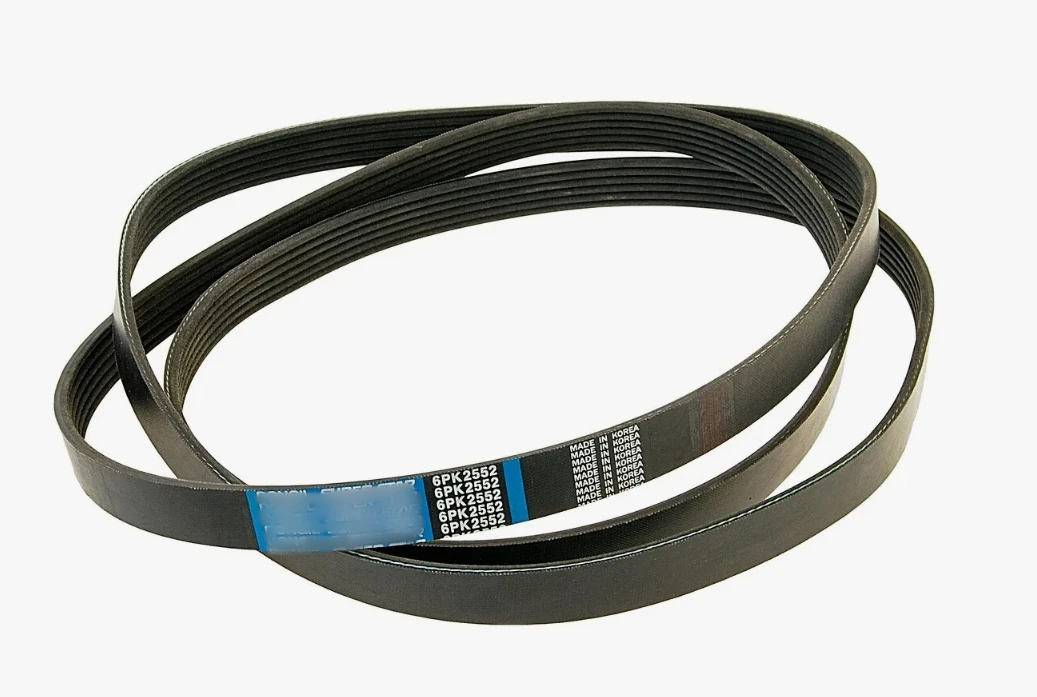- Arabic
- French
- Russian
- Spanish
- Portuguese
- Turkish
- Armenian
- English
- Albanian
- Amharic
- Azerbaijani
- Basque
- Belarusian
- Bengali
- Bosnian
- Bulgarian
- Catalan
- Cebuano
- Corsican
- Croatian
- Czech
- Danish
- Dutch
- Afrikaans
- Esperanto
- Estonian
- Finnish
- Frisian
- Galician
- Georgian
- German
- Greek
- Gujarati
- Haitian Creole
- hausa
- hawaiian
- Hebrew
- Hindi
- Miao
- Hungarian
- Icelandic
- igbo
- Indonesian
- irish
- Italian
- Japanese
- Javanese
- Kannada
- kazakh
- Khmer
- Rwandese
- Korean
- Kurdish
- Kyrgyz
- Lao
- Latin
- Latvian
- Lithuanian
- Luxembourgish
- Macedonian
- Malgashi
- Malay
- Malayalam
- Maltese
- Maori
- Marathi
- Mongolian
- Myanmar
- Nepali
- Norwegian
- Norwegian
- Occitan
- Pashto
- Persian
- Polish
- Punjabi
- Romanian
- Samoan
- Scottish Gaelic
- Serbian
- Sesotho
- Shona
- Sindhi
- Sinhala
- Slovak
- Slovenian
- Somali
- Sundanese
- Swahili
- Swedish
- Tagalog
- Tajik
- Tamil
- Tatar
- Telugu
- Thai
- Turkmen
- Ukrainian
- Urdu
- Uighur
- Uzbek
- Vietnamese
- Welsh
- Bantu
- Yiddish
- Yoruba
- Zulu
Gru . 13, 2024 19:41 Back to list
Optimal Timing Belt for HTD Performance and Durability Roadmap
Understanding HTD Timing Belts A Comprehensive Guide
In the vast world of mechanical engineering and automotive design, timing belts play a critical role in ensuring the smooth operation of various machinery and engines. Among these belts, HTD timing belts, or High Torque Drive belts, stand out due to their exceptional performance characteristics and widespread applications. In this article, we will delve into the fundamentals of HTD timing belts, their advantages, applications, and maintenance tips.
What is an HTD Timing Belt?
HTD timing belts are specially designed belts used to transmit power between rotating shafts. They are characterized by their trapezoidal tooth profile, which provides a greater surface area for grip and minimizes slippage. This design allows HTD belts to efficiently transmit high torque loads while maintaining accuracy in timing applications. They are typically made of synthetic rubber with reinforcements such as fiberglass or steel cords to enhance their strength and durability.
Advantages of HTD Timing Belts
1. High Efficiency One of the primary benefits of HTD timing belts is their high efficiency in power transmission. The design of the teeth allows for better engagement with the pulleys, resulting in reduced power loss compared to standard V-belts.
2. Durability HTD belts are built to withstand significant wear and tear. The materials used in their construction, combined with the trapezoidal tooth design, contribute to their ability to resist stretching and deformation over time.
3. Noise Reduction Unlike chain drives, which can produce significant noise during operation, HTD timing belts operate quietly. This is particularly advantageous in applications where noise reduction is essential, such as in residential or commercial HVAC systems.
4. Compact Design HTD timing belts require less space compared to other power transmission methods. This compactness allows for more flexible design options in machinery and vehicles, making them ideal for applications where space is a concern.
5. Low Maintenance HTD timing belts do not require lubrication like chains do, reducing maintenance efforts and costs. Regular inspection and tension checks are generally sufficient to ensure optimal performance.
Applications of HTD Timing Belts
HTD timing belts are commonly used in various industries and applications, including
htd timing belt

1. Automotive In modern vehicles, HTD belts are often utilized in the timing systems of engines. They help synchronize the rotation of the crankshaft and camshaft, ensuring precise timing for the opening and closing of engine valves.
2. Robotics The robotics industry relies heavily on HTD timing belts for their servo systems and motion control applications. Their accuracy and ability to handle high loads make them perfect for tasks that require precision.
3. Industrial Machinery Many types of industrial equipment, such as conveyor systems, CNC machines, and packaging machinery, employ HTD timing belts for efficient power transmission.
4. Home Appliances Items like washing machines and printers may also use HTD timing belts due to their quiet operation and reliability.
Maintenance of HTD Timing Belts
To ensure the longevity and efficiency of HTD timing belts, regular maintenance is essential. Here are some tips
1. Routine Inspections Check for any signs of wear, such as cracking or fraying on the belt surface. Ensure that the tension is appropriate according to the manufacturer’s specifications.
2. Proper Installation When installing an HTD timing belt, ensure it is aligned correctly with the pulleys. Misalignment can lead to premature wear or failure.
3. Environment Consideration Keep the belts away from extreme temperatures and harsh chemicals, which can deteriorate the material.
4. Replace When Necessary Follow manufacturer guidelines regarding replacement intervals, and replace belts showing signs of significant wear.
In conclusion, HTD timing belts represent a critical component in many mechanical systems due to their efficiency, durability, and low-maintenance requirements. Understanding their design and functioning can help engineers and technicians make informed decisions when selecting the appropriate timing belt for their applications. Whether in automotive, robotics, or industrial settings, HTD timing belts are undoubtedly a reliable choice for power transmission needs.
-
Korean Auto Parts Timing Belt 24312-37500 For Hyundai/Kia
NewsMar.07,2025
-
7PK2300 90916-T2024 RIBBED BELT POLY V BELT PK BELT
NewsMar.07,2025
-
Chinese Auto Belt Factory 310-2M-22 For BMW/Mercedes-Benz
NewsMar.07,2025
-
Chinese Auto Belt Factory 310-2M-22 For BMW/Mercedes-Benz
NewsMar.07,2025
-
90916-02660 PK Belt 6PK1680 For Toyota
NewsMar.07,2025
-
drive belt serpentine belt
NewsMar.07,2025

